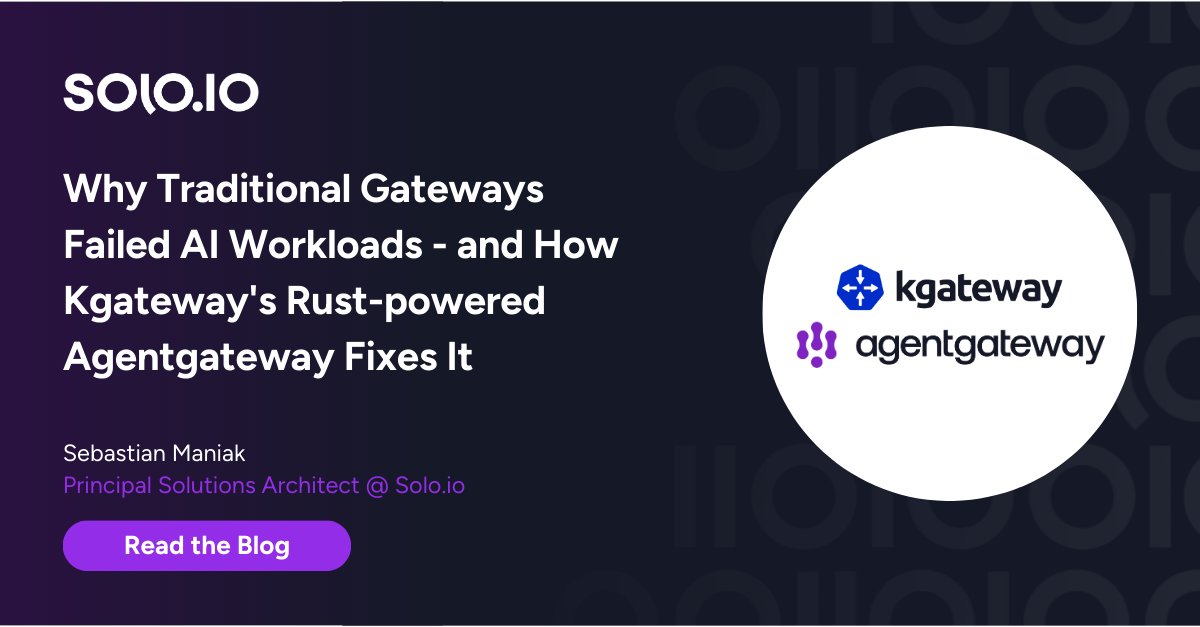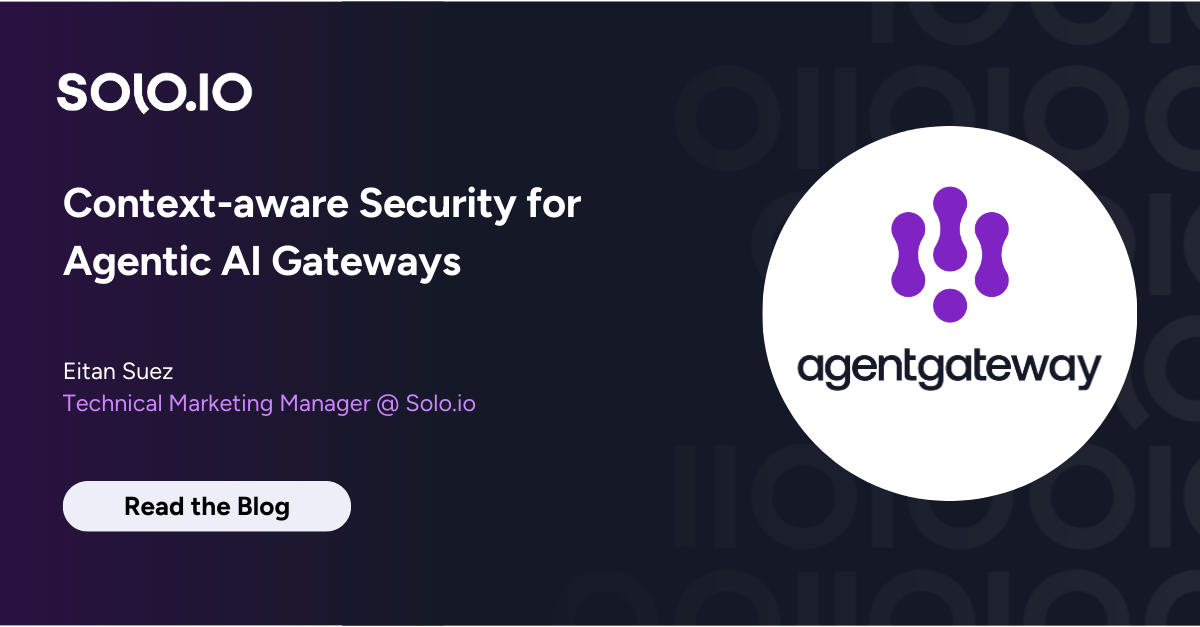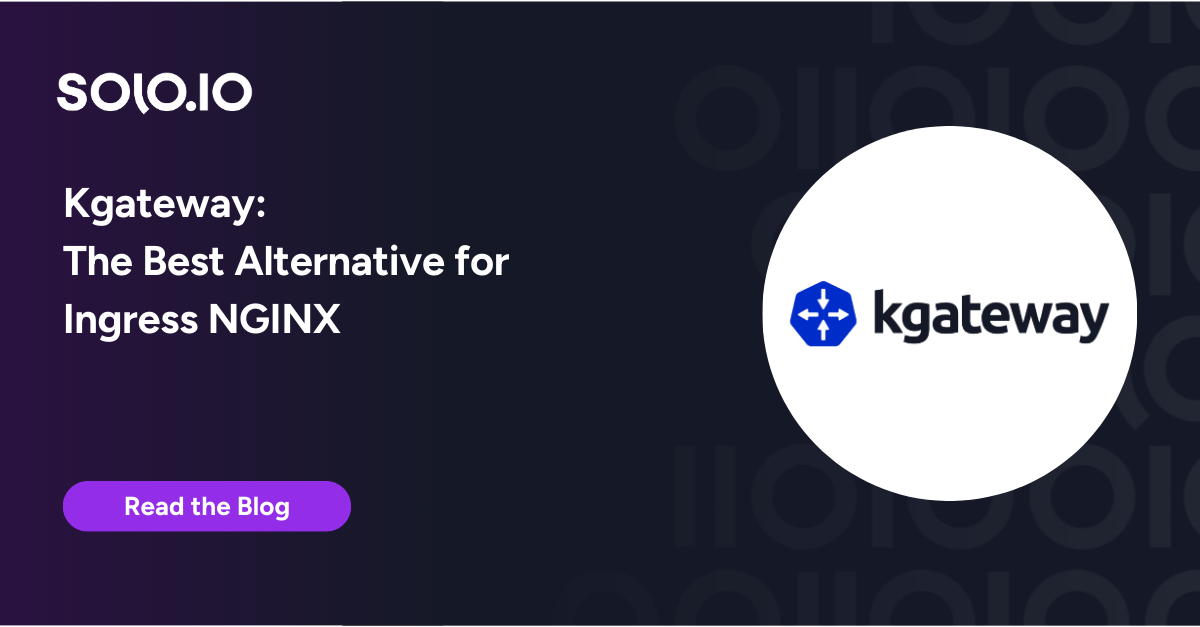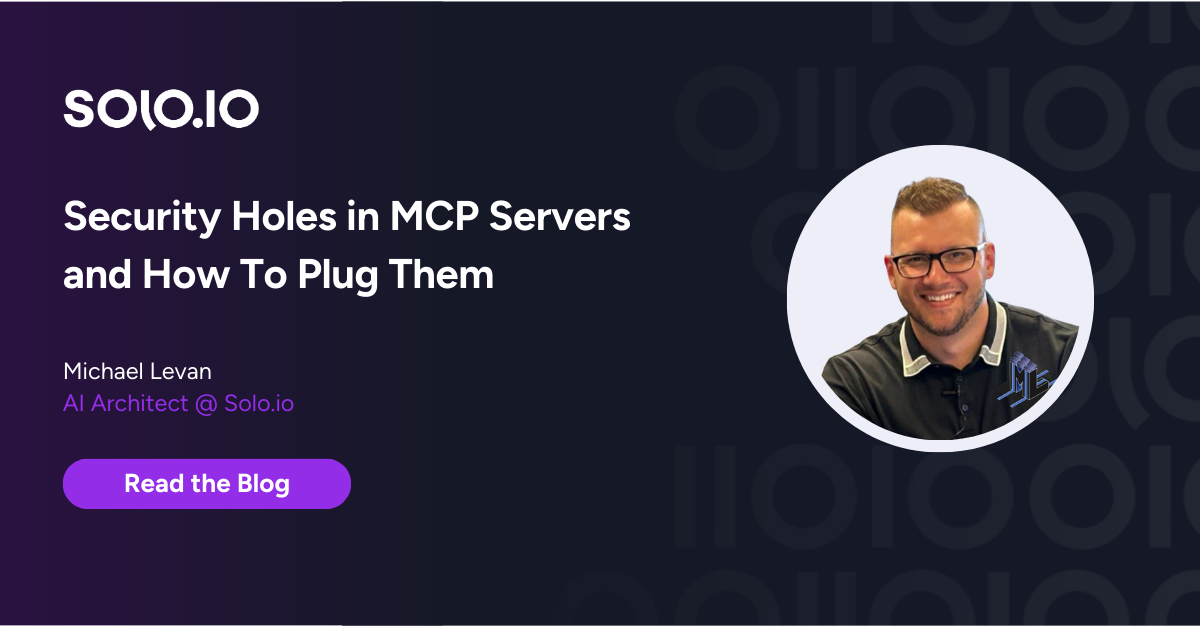This blog is co-written with Dylan Frankcom, Developer Advocate @ Moesif
APIs are the backbone of modern software, powering countless applications and services that shape our digital experiences. For API providers, achieving high adoption rates and delivering a stellar developer experience (DX) are crucial for success. But how can you ensure your APIs deliver the critical components of a great customer and product experience?
In this blog post, we’ll delve into the concepts of customer and product observability and their impact on enhancing your API strategy. By leveraging the powerful integration of Moesif with Gloo API Gateway, you can gain deep insights into API usage, optimize performance, and significantly improve the developer experience. Additionally, we will explore how Gloo Gateway’s advanced AI capabilities further amplify these benefits. Let’s begin by taking a more in-depth look at product and customer observability.
What is Product Observability?
Product observability refers to the comprehensive ability to monitor and analyze the technical performance of your APIs. It delves deeper than basic monitoring, providing a detailed view of your API infrastructure and its dynamics. Here are the critical aspects of product observability:
- Traffic Patterns: Understand the flow of requests, response times, and error rates. For instance, if you notice increased response times during peak usage hours, you can identify bottlenecks and optimize your API performance.
- Usage Trends: Track how developers interact with your APIs, identifying popular endpoints and areas where usage drops off. This insight helps you enhance the most-used features and improve the less popular ones.
- Error Tracking and Root Cause Analysis: Detect where errors occur and analyze their root causes. For example, if a specific endpoint frequently fails, you can investigate and resolve the underlying issues to maintain reliability.
By implementing product observability, you gain a granular understanding of your API’s technical performance, enabling proactive optimization and improved reliability.
What is Customer Observability?
Customer observability focuses on understanding your APIs from the perspective of the developers who use them. It’s about gaining insights into their experience, identifying pain points, and ensuring their satisfaction. Here are the critical areas of customer observability:
- Developer Journey: Map out the entire user journey, from the initial discovery and onboarding to integration and ongoing usage. For example, by analyzing the onboarding process, you can identify steps where developers struggle and streamline them to enhance the onboarding experience.
- SDK and Library Usage: Monitor how developers utilize your SDKs and libraries. This information helps you identify popular features and areas needing improvement, ensuring your tools are user-friendly and efficient.
- Support Interactions: Analyze support tickets and feedback to identify common issues. By proactively addressing these concerns, you can improve the overall developer experience and reduce friction.
Implementing customer observability allows you to empathize with your developers, improve their journey, and ensure they have a positive and productive experience with your APIs.
Is Customer and Product Observability Applicable to APIs?
APIs have evolved from internal tools to vital products that drive business value. Treating APIs as a product, customer and product observability are highly applicable to the API experience. Applying product and customer observability to your APIs is essential for achieving several key objectives.
First, understanding what resonates with developers enables you to optimize the onboarding experience. For instance, if developers struggle with authentication, improving documentation and examples can enhance initial adoption. Next, identifying and removing friction points in the developer journey ensures a smoother and more enjoyable experience. For example, providing more straightforward and actionable error responses can reduce frustration if error messages are vague.
Ensuring developers have a positive experience encourages them to continue using your APIs. You can foster long-term loyalty by monitoring ongoing usage and addressing issues promptly. Additionally, making data-driven decisions based on observability insights allows you to evolve your API design and functionality effectively. For example, if a particular endpoint is underused, you might explore ways to make it more valuable or accessible.
By integrating customer and product observability, you can drive adoption, enhance the developer experience, and continuously improve your APIs to meet your users’ evolving needs.
How Can Customer and Product Observability Help With Adoption and Developer Experience?
Integrating customer and product observability into your API strategy can significantly boost adoption and improve the developer experience. Personalized onboarding allows you to tailor the process to individual developer needs, ensuring a smooth start. Proactive support enables you to identify and assist struggling developers early, enhancing retention rates.
Data-driven improvements prioritize feature development and bug fixes based on usage data, ensuring your API evolves to meet user needs. Additionally, measuring critical indicators of developer success can help you track the impact on adoption, retention, and revenue.
Overall, customer and product observability empowers you to create a more engaging and responsive API experience, driving both adoption and developer satisfaction.
4 Key Product and Customer Metrics to Measure
When tracking specific product and customer metrics, many of them could be considered. Depending on your business, particular product and customer metrics may be more important than others. That being said, there are a few key metrics that almost all companies should be tracking.
One important metric is Time to First Hello World (TTFHW), which measures how long it takes a new developer to get a basic integration working. A shorter TTFHW indicates a smoother onboarding process and, generally, a better developer experience.
API usage growth is another essential metric. By monitoring whether usage is increasing over time and identifying which endpoints drive that growth, you can understand the areas of your API portfolio that are most valuable to developers.
Developer satisfaction, often measured through Net Promoter Score (NPS), is also vital. This metric reflects how likely developers recommend your APIs to others, providing insight into their overall experience and satisfaction. Collecting this data is generally more of a manual process, but it can be highly valuable for figuring out what API users like and dislike about your APIs, onboarding, support, and other factors.
Additionally, tracking support ticket volume and resolution time helps you assess how effectively you address developer issues. Lower ticket volumes and faster resolution times indicate a more reliable and user-friendly API.
Introducing Gloo Gateway: Advanced API Management and AI Capabilities
Gloo Gateway is a next-generation API gateway that provides comprehensive API management and observability features. It is designed to handle the complexities of modern microservices architectures, offering robust traffic management, security, and analytics capabilities.
Gloo Gateway’s API functionality empowers organizations to manage, secure, and optimize their API traffic effectively. Key features include:
- Traffic Management: Gloo Gateway provides advanced routing capabilities, load balancing, rate limiting, and traffic shaping to ensure optimal performance and reliability.
- Security: Implement robust security measures such as authentication, authorization, encryption, and threat protection to safeguard your APIs.
- API Analytics: Gain insights into API usage, performance, and health with built-in analytics, while also enabling data export and querying through multiple tools like Moesif, which specializes in leveraging this data for advanced analysis..
Gloo Gateway integrates advanced AI capabilities to enhance API management and observability. These AI features include:
- Fast Track Development: Eliminate development friction with prompt enrichment, failover to other models, and support for multiple LLM providers. If you’re rate-limited or if a provider is down, Gloo Gateway will send requests to backup models defined in the configuration.
- Secure and Control: Protect applications with prompt guard & auditing, data exfiltration protection, token-weighted rate limiting, and tracking and analyzing token usage to provide insights on access patterns. Additionally, manage access control to LLMs with JWT, ensuring secure and controlled access.
- Expand and Scale: Utilize AI-driven features like Retrieval Augmented Generation (RAG), model fallback/failover, and semantic caching for high-volume, zero-downtime AI connectivity.
Gloo Gateway stands out for its ability to seamlessly integrate with existing API ecosystems while providing advanced management and observability features. By incorporating AI, Gloo Gateway not only simplifies API operations but also enables data-driven decision-making for continuous improvement.
Combining Moesif and Gloo for Improved Observability
Moesif is an advanced API observability platform that seamlessly integrates with Gloo, providing a comprehensive suite of tools to enhance your API strategy. You can stay informed about API performance and quickly detect anomalies with real-time monitoring and alerts. Behavior analysis features allow you to understand how developers interact with your APIs, revealing usage patterns that can inform future improvements.
The platform also excels in troubleshooting and root cause analysis, enabling you to quickly identify and resolve issues and ensuring your APIs remain reliable. Customizable dashboards and reports give you insights on how to make data-driven decisions and optimize your API offerings.
By integrating Moesif with Gloo Gateway, you leverage Gloo’s advanced AI capabilities, including AI-driven traffic management, anomaly detection, and predictive scaling. These features ensure optimal performance, security, and scalability of your APIs.
Integrating Moesif with your Gloo APIs gives you the visibility and insights necessary to drive adoption, enhance the developer experience, and achieve API success.
Conclusion
Customer and product observability have become essential for driving adoption, enhancing the developer experience, and achieving overall API success. By integrating Moesif with your Gloo APIs, you gain detailed insights that enable informed decision-making, personalized developer journeys, and continuous improvement of your API offerings.
Gloo Gateway, with its advanced AI capabilities, further enhances API management by eliminating development friction, ensuring security, and enabling high-volume, zero-downtime connectivity.
Your APIs are more than just code; they are the critical link between your services and the developers who depend on them. Investing in observability empowers your APIs to reach their full potential and deliver exceptional value to your users.
Take the step towards better observability today, and unlock the true potential of your APIs by combining Moesif and Gloo within your API tech stack.
Reach out to Solo.io and Moesif to get a demo, explore resources, and sign up for a trial. Experience firsthand how this powerful integration can drive adoption, enhance the developer experience, and achieve API success.



























%20a%20Bad%20Idea.png)











%20For%20More%20Dependable%20Humans.png)











